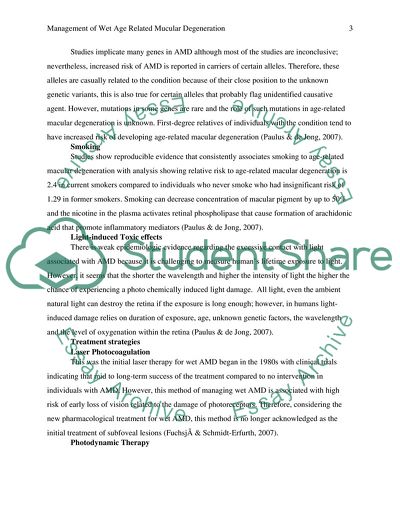Cite this document
(Management of Wet Age-Related Macular Degeneration Literature review, n.d.)
Management of Wet Age-Related Macular Degeneration Literature review. https://studentshare.org/health-sciences-medicine/1808589-management-of-wet-age-related-macular-degeneration
Management of Wet Age-Related Macular Degeneration Literature review. https://studentshare.org/health-sciences-medicine/1808589-management-of-wet-age-related-macular-degeneration
(Management of Wet Age-Related Macular Degeneration Literature Review)
Management of Wet Age-Related Macular Degeneration Literature Review. https://studentshare.org/health-sciences-medicine/1808589-management-of-wet-age-related-macular-degeneration.
Management of Wet Age-Related Macular Degeneration Literature Review. https://studentshare.org/health-sciences-medicine/1808589-management-of-wet-age-related-macular-degeneration.
“Management of Wet Age-Related Macular Degeneration Literature Review”. https://studentshare.org/health-sciences-medicine/1808589-management-of-wet-age-related-macular-degeneration.


